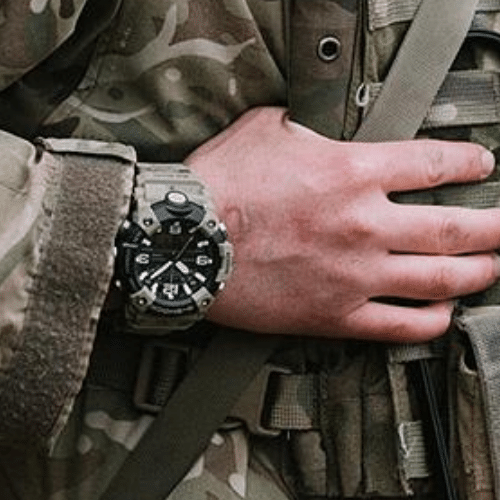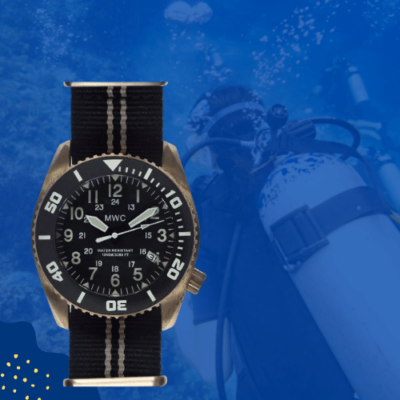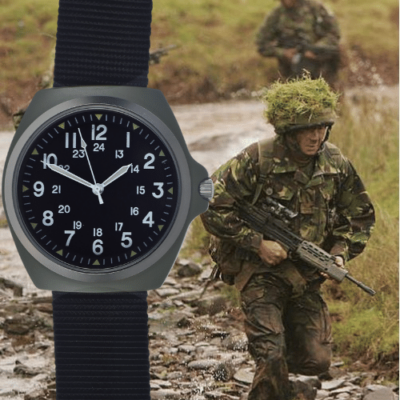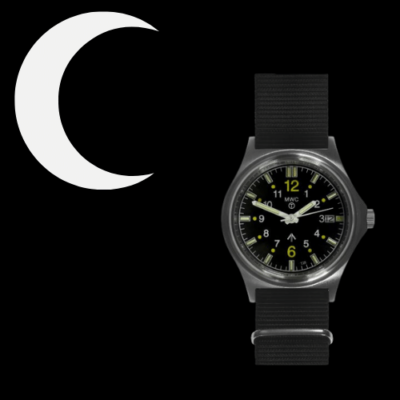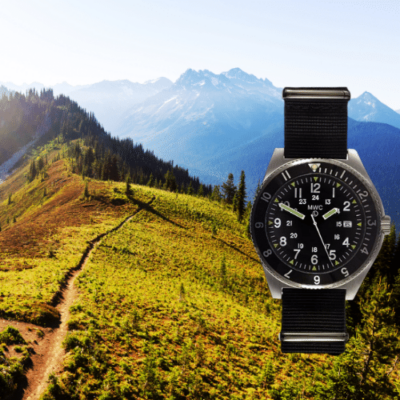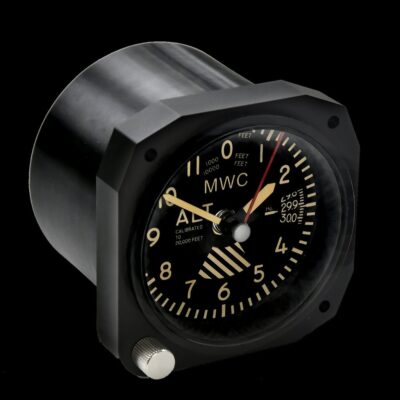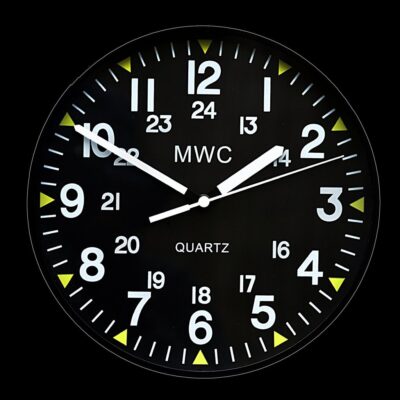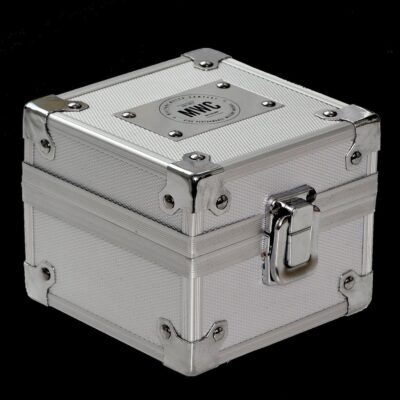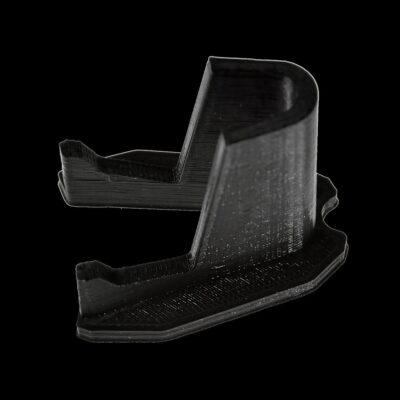News
Germany Planning Procurement of Hundreds of New Leopard 2A8 Tanks – Reports
The German Defence Ministry is considering plans for the procurement of several hundred new Leopard 2A8 main battles tanks, according to a recent report from the local newspaper Bild. This follows both a major surge in defence spending by the country, and a depletion of its stockpiles of the Leopard 2A6 tanks that currently form the backbone of its fleet due to donations to the Ukrainian Army. Analysts cited by Bild claimed that a large company of modern tanks with sufficient cover from anti-aircraft systems could be unstoppable, even against “a simultaneous attack of a hundred drones,” addressing concerns that the Leopard 2 had proven highly vulnerable in the Ukrainian theatre. Speaking to the paper, former senior NATO official Stefanie Babst observed that “without effective air defence systems, we can do almost nothing against drone and missile attacks,” stressing that “Germany urgently needs to improve this system” to ensure tanks were survivable.

The German Army on May 22 inaugurated the 45th Armoured Brigade stationed in Vilnius, Lithuania, which is expected to provide an elite forward deployed mechanised warfare capability on the territory of the former USSR. Located just 150 kilometres from the Belarusian capital Minsk, and less than 800 kilometres from Moscow, this previously unthinkable forward deployment reflects part of a broader trend of Germany playing a much larger role within NATO not only in Eastern Europe, but also in the Middle East and the Pacific. The 108 Leopard 2A8 tanks intended to equip the brigade were ordered in July 2024 under a 2.93 billion euro ($3.14 billion) contract, and will be delivered between 2027 and 2030. The new Leopard 2 variant benefits from a number of improvements over the Leopard 2A6, primarily greater situational awareness and integration of the Trophy active protection system. The enhancements are not expected to be revolutionary, however, particularly in light of the Trophy system’s own recently demonstrated limitations. Procurement of the tanks follows the Russian Army’s procurement of modernised T-72 and T-90 tanks with their own active protection systems beginning in late 2024.

The Leopard 2’s performance has raised serious questions regarding its capabilities, and by January 2024 the majority of the tanks operated by the Ukrainian Army had been rendered inoperable in combat, with over one quarter totally destroyed and the remainder damaged beyond the Army’s ability to repair them. This led the journal of the United States’ most influential foreign policy think tank the Council on Foreign Relations to highlight that the tanks had proven to be “hardly invulnerable superweapons,” with their performances remaining well below Western expectations.
The Leopard 2’s performance had previously left much to be desired when deployed by the Turkish Army in 2016 in Syria’s Aleppo governate. The tanks faced significant losses in combat to lightly armed Islamic State forces, with British media reporting that the tank showed “numerous faults exposed in lethal fashion.” Stars and Stripes assessed that the German tank’s reputation “has taken a pounding in battles with Islamic State militants,” with the National Interest describing a performance that “shockingly illustrated” that they were “not so good armour after all.” They were “proven embarrassingly vulnerable in combat” despite not facing well armed adversaries. Turkish military leaders described their Leopard II units’ early engagements with IS as “trauma.” The Turkish Army had similar experiences operating the vehicles against Kurdish militias.

